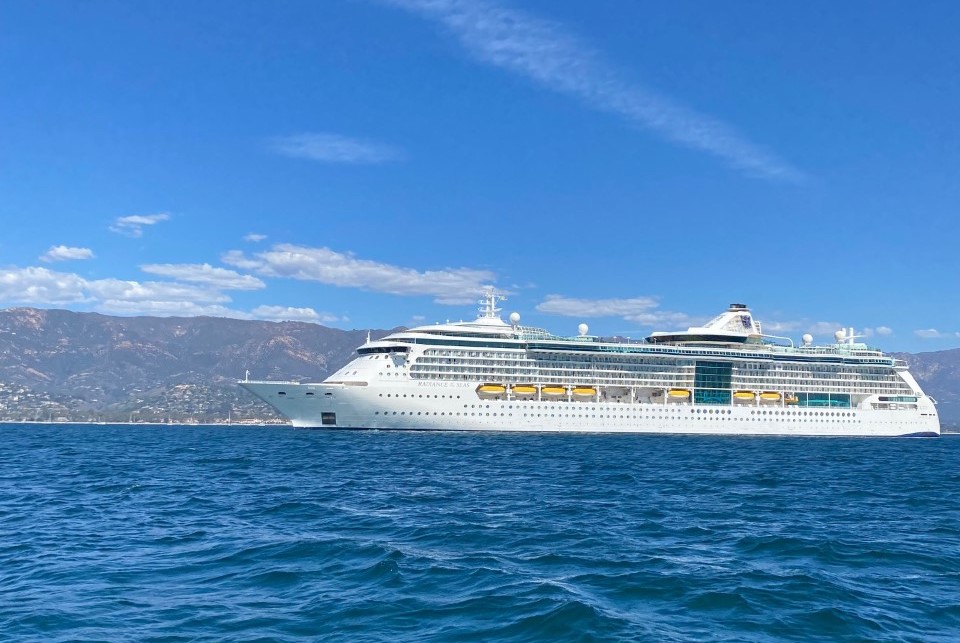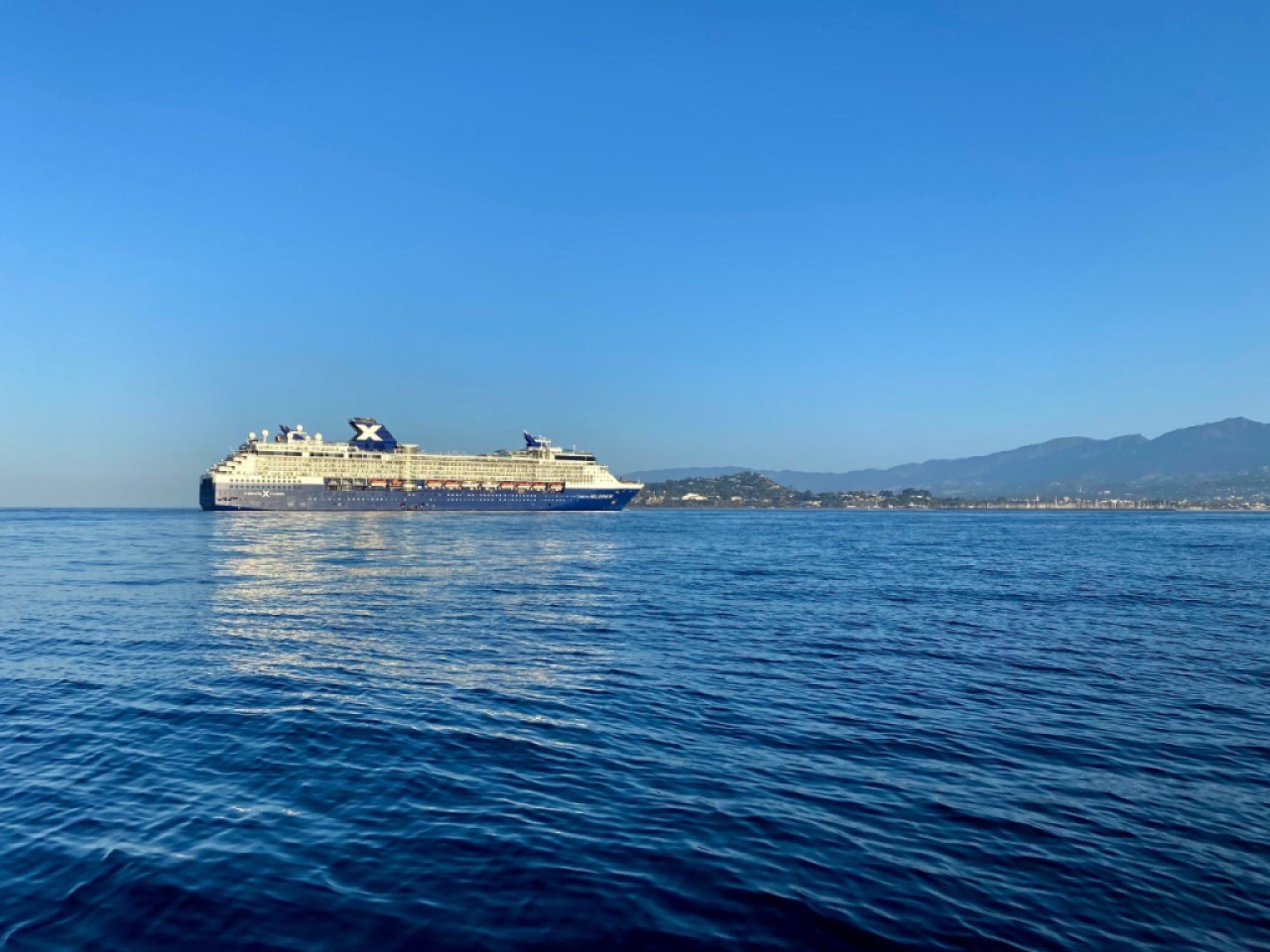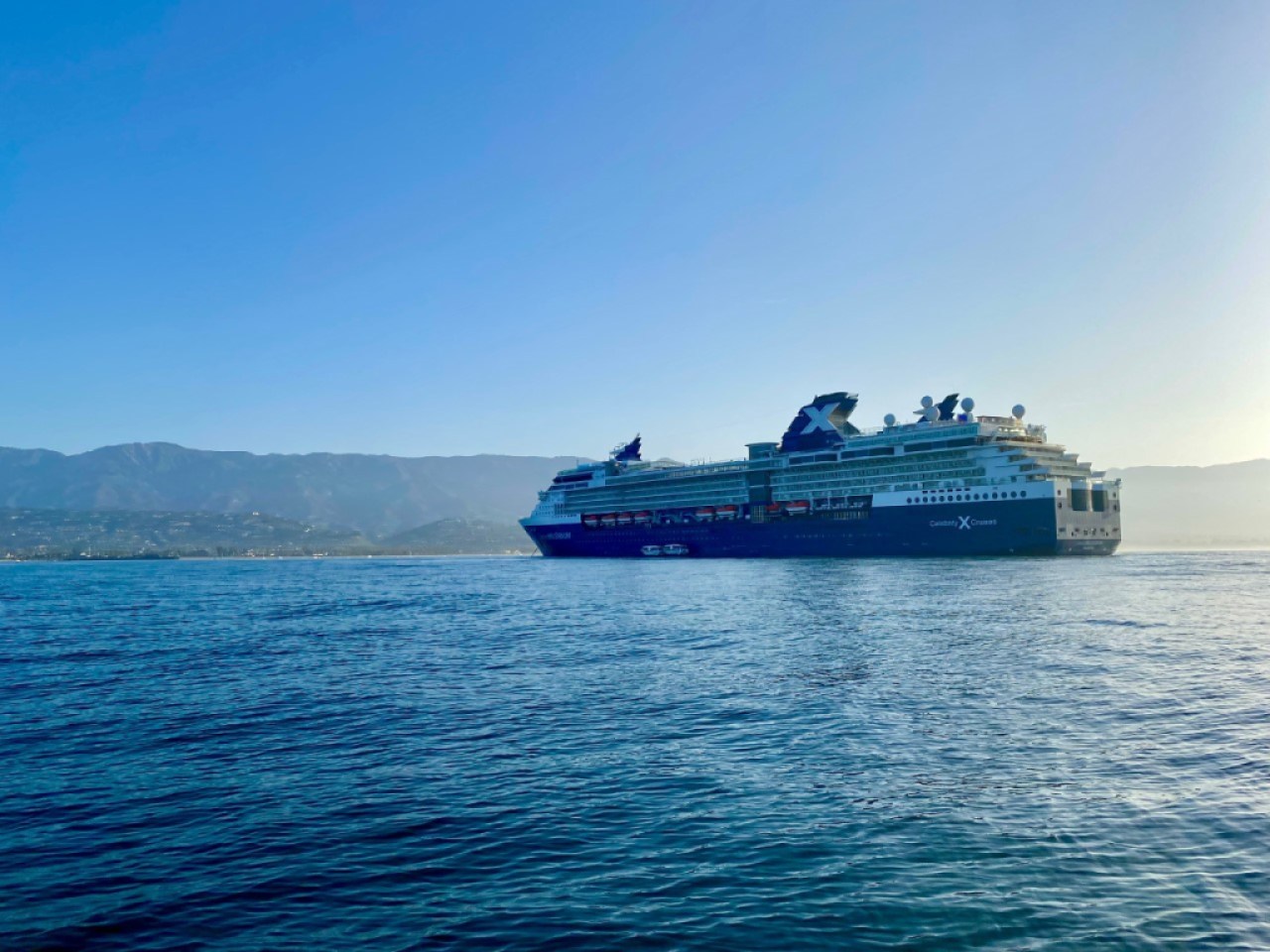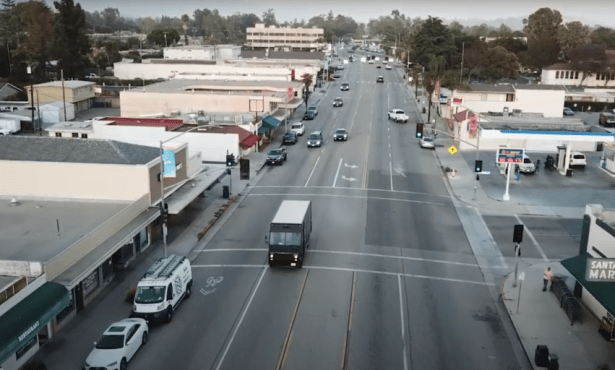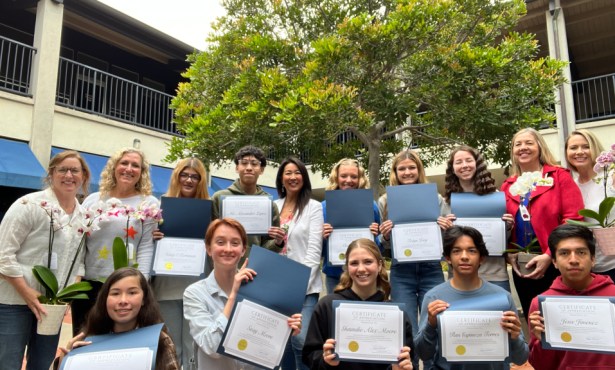The Public is Invited to Voice Opinions About the City of Santa Barbara’s Cruise Ship Program
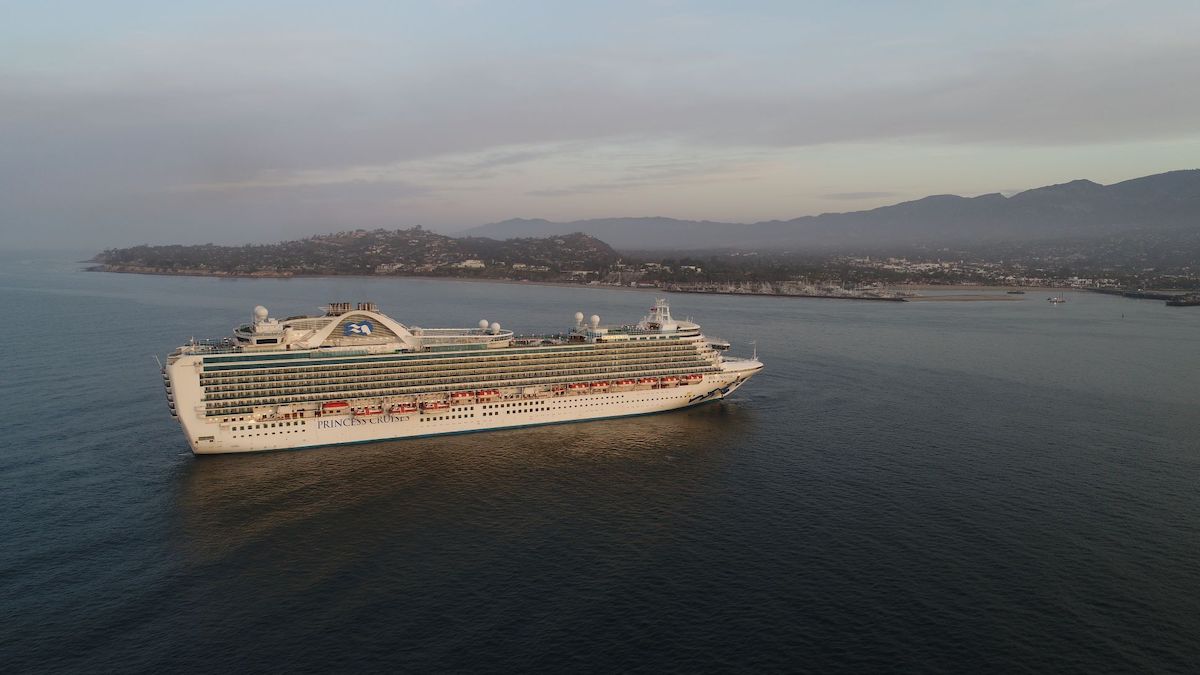
Press releases are posted on Independent.com as a free community service.
Thirty cruise ships were scheduled to arrive in Santa Barbara in 2022 – an all-time record number. When the City’s cruise ship program started, a small number would anchor off Santa Barbara each year. Despite the growing number of cruise ships, there has not been a robust opportunity for community discussion about this divisive program.
Cruise ships are floating cities that generate tremendous amounts of pollution to our oceans and atmosphere, and many of the ships visiting Santa Barbara are no exception.
Santa Barbara Channelkeeper is highlighting the environmental impacts of the cruise ship industry and calling upon the City of Santa Barbara to reassess and reduce the number of cruise ship arrivals to meet community environmental priorities.
Time for Public Participation
The Santa Barbara Harbor Commission is hosting a limited number of public meetings through its cruise ship subcommittee to collect input from the community about the direction of its cruise ship program.
Channelkeeper invites you to join us at the subcommittee meeting on December 1st from 12:00 pm to 1:00 pm to show your support for this cause. The meeting will be held in the waterfront classroom located at 125 Harbor Way.
The Air Pollution Control District of Santa Barbara County will also present information related to air quality and answer related questions at the meeting.
Ways to Get Involved
If you are interested in joining this effort, email cruiseship@sbck.org with your name and contact info, and we will keep you informed about future opportunities to express your support.
Did You Know?
- Cruise ships may legally dump partially treated sewage, greywater containing harmful chemicals, oily bilge water, food waste, incinerator ash, and biosolids 12 miles offshore including within the Santa Barbara Channel.
- The average 3,500-passenger cruise ship emits up to 80 tons of carbon dioxide into the atmosphere just while sitting at anchor for 8 hours offshore of Santa Barbara Harbor. These greenhouse gas emissions make it harder for Santa Barbara to achieve its carbon neutrality goals.
- Nutrients from discharged treated sewage, greywater, food waste, and biosolids can contribute to Harmful Algal Blooms, like the ones regularly occurring in the Santa Barbara Channel, which can cause domoic acid poisoning of marine mammals along our coastlines.
- Most of the ships visiting Santa Barbara employ the use of exhaust “scrubbers” to control air emissions when beyond 24 miles from California’s shore. Open-loop scrubbers produce tremendous volumes of toxic sludge, which is discharged as a common practice into the ocean.

